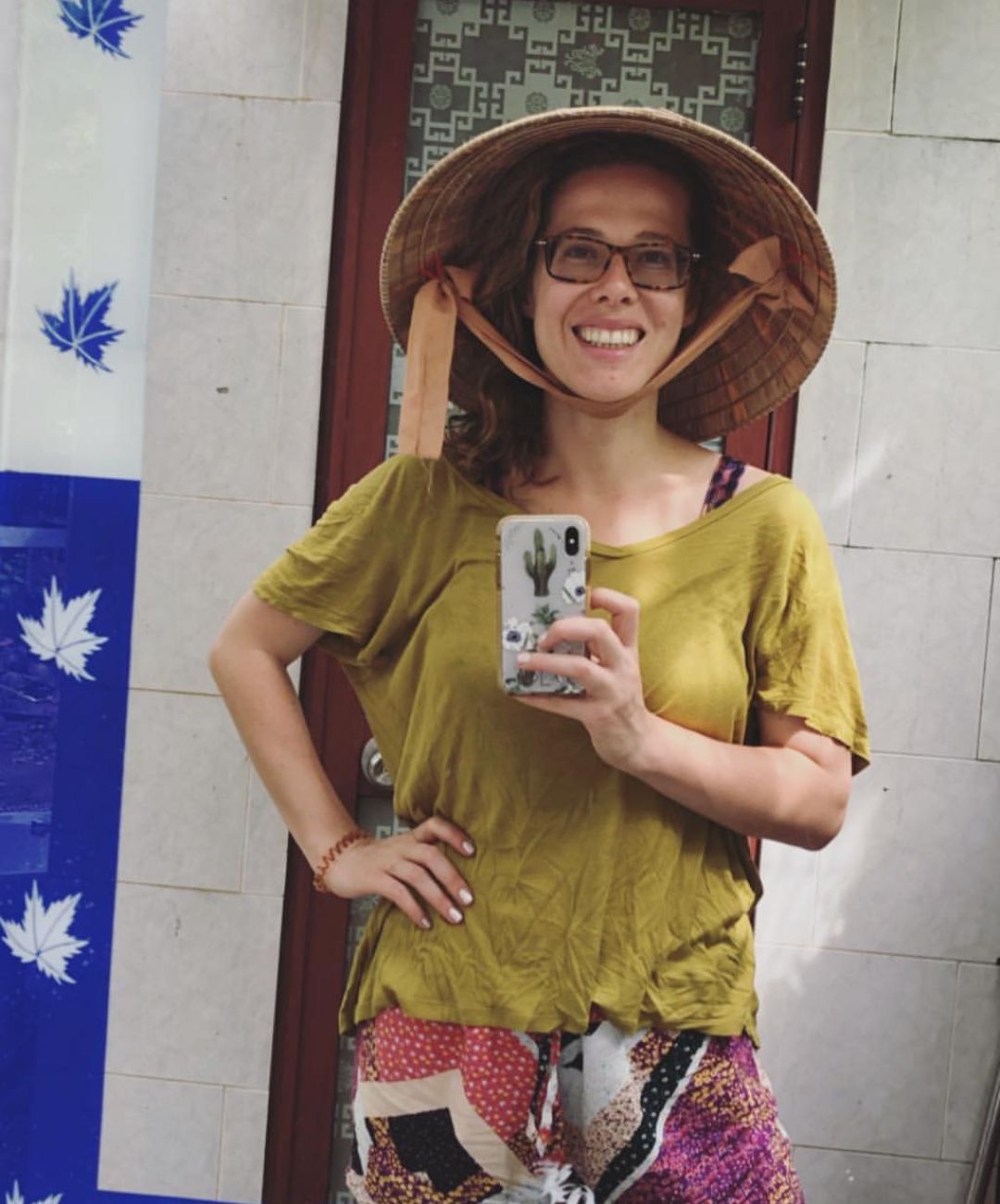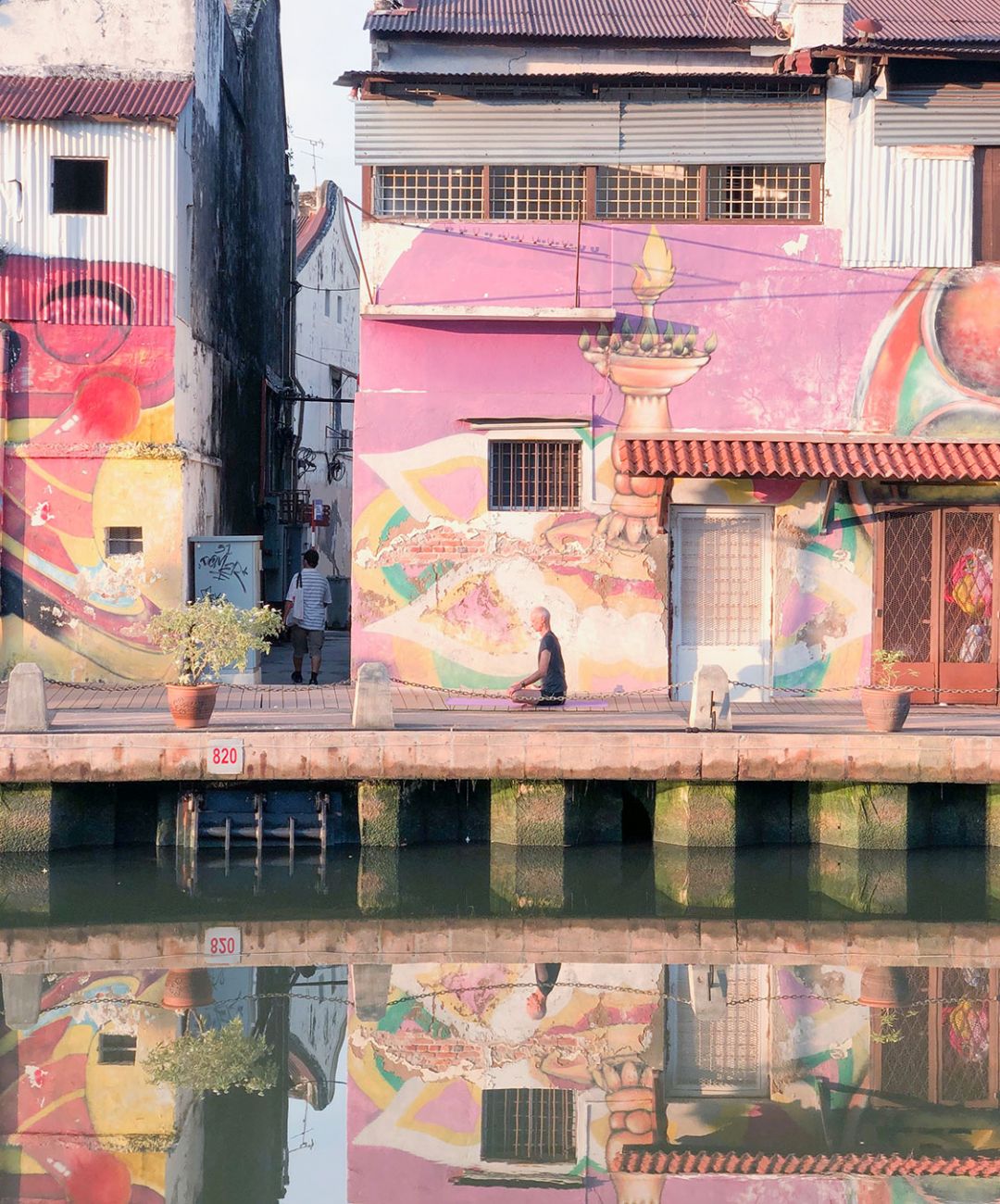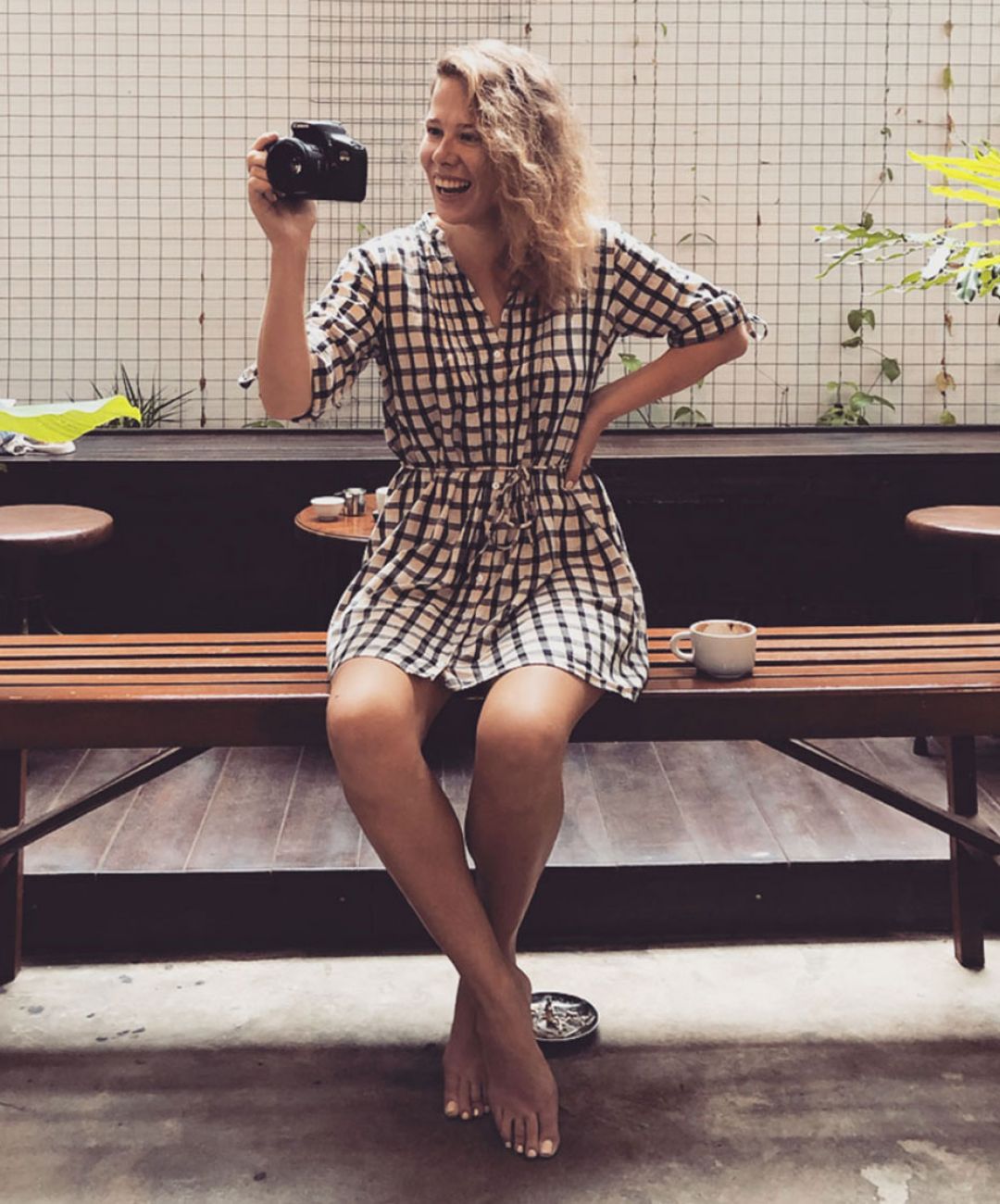4 instagrammable castles around lviv ukraine
Maybe I used to be a princess in my past life or a bohemian distant relative of a mighty king, I am not sure, but whenever I visit a castle - I feel right at home. The rustic chic “Grey Gardens” type of vibe with semi-broke eccentric royals is kinda what I’m going for. I am in love with old lavish aristocratic life, but it can’t be all shiny and polished.
Old solid wood furniture with oriental motives and The Hunt of The Unicorn tapestries series hanging on the walls with a bit of cracking paint here and there - is what I have in mind. The garden would be obviously a bit overgrown, with majestic 200-year old trees and pastoral landscaping designed by Capability Brown with lots of ferns, climbing roses and vines creeping inside the living space. And these 4 old castles let you feel and soak in those old aristocracy vibes and imagine yourself a couple of centuries back ruling over a small kingdom in style.

Maybe having a connection to one of these fortresses is what makes them so alluring - my ancestor, Polish Hetman Stanislaw Zolkiewski (he once took Moscow for the Polish crown in 1610, unlike Hitler and Napoleon who both failed epically) founded The Zhovkva Castle as his fortified residence in 1594. Finally getting to see that fortress was a dream come true! And it was even better than I imagined. I got caught in a thunderstorm and sought cover in the nearby church where Hetman Zolkiewski’s tomb is located.
Was very fortunate to come in during the service and had an unforgettable experience of sharing space with very devoted local women beautifully singing and filling the whole space with sacred vibes. They let me share and experience this majestic moment with them. I’m so very grateful for this wonderful moment, which is so dear to my heart. I hope you have your own unforgettable experience when you visit these castles, which are accessible by public transportation from Lviv or could be explored with a tour group. I highly recommend doing it on your own so you can have a more intimate experience and time to wander around.
The other 3 castles: Olesko, Pidhirtsi and Zolochiv are located east of Lviv city and together are known as the “Golden Horseshoe” in the region due to its proximity, often shared ownership and historical events. Zholkva Castle, however is to the north of Lviv and pretty easy to get to by public transportation.
ZOLOCHIV CASTLE
Built in 1636 to serve as a residence for the noble Sobieski family, it only recently opened its doors for visitors. Historically it bounced between being part of the Turk Empire, Austria, and Poland but after the Yalta Conference (4–11 February 1945) it became part of the Ukrainian Soviet Socialist Republic, which at that time was part of the USSR. This place used to be a hospital and a prison but now is finally becoming a proper museum it always should have been.
The Chinese Palace, a later addition and a gift to the lady of the house, was not necessarily built in traditional oriental style, but rather how people here imagined it to be, because no one has actually been to China, so some of the architectural elements had to be made up. You’d find a huge silk embroidery at the end of the tour with depictions of people in traditional oriental clothes but with big, Versailles-inspired hair, which was actually an honest attempt at depicting Chinese royal life.
Lots of old decor and artwork here and don’t miss the mini architectural models of famous churches and cathedrals from all around the world in the basement.
Zolochiv Town is also fun to explore, its Main Street is pedestrian only with an absolutely stunning cathedral as a centerpiece. It is a good place to grab a bite and take a short break in a provincial setting.
ZHOVKVA CASTLE
This walled castle was encircled by deep moats for protection and built more as a fortress which also had all the elements of a proper noble household including a garden with deer, bison and peacocks. Built as a private residence of Hetman Zolkevski in 1606, it became a royal residence for King John III Sobieski of Poland in the late 17th century and flourished as a commercial hub thanks to its strategic location at the intersection of trade routes.
It was also known for its religious life and patronage of the arts, which made the town flourish. The city was shared by Poles, Ukrainians and Jews, boasted many cathedrals and even a fortress-like synagogue built in the late 17th century, which was later blown up by the Nazis, but the exterior walls survived. It was included recently in the World Monument Watch as part of the important Jewish heritage with plans of renovation.
Only the exterior of the Zhovkva fortress is preserved with interior forever gone and destroyed during the Soviet era when it was used as a middle school and an apartment building. So do not expect to see any lavish interiors here.
But all the architectural elements of a properly designed town like the main market square, a chapel, an arsenal and stables are still here and are a real gem for those interested in historical architecture and urban planning. There is a very well made to scale model of the whole area in the museum you can geek out over.
The St. Lawrence’s Church used to house a home goods store and later The Museum of Atheism during the Soviet rule. All the interiors were stripped and luted, although you can find some of the original artwork from the main cathedral in different museums around Lviv region.
After the collapse of USSR in 1991, the Ukrainian government had no interest in taking care of this historical masterpiece and so the church was renovated on donations by Polish people who are passionate about preserving history even if it is outside of the modern-day Poland.
Zhovkva is a wonderful town to explore. Since 1994, the central part of the town has been assigned a status of a historical and architectural reserve and its rustic provincial streets make you go back in time into a whole different era.
Do Not Miss:
- Basilian Fathers Monastery built in baroque style in 1612 with absolutely amazing frescos, this is not the place you’d want to miss.
- All Wooden Holy Trinity Church built in 1720, it was listed in 2013 as a UNESCO World Heritage Site. It’s an architectural masterpiece and the fact that it survived that long is a miracle considering the sometimes volatile history of the region.
Oleskiy Zamok
One of the most popular castles in the region among tourist, it was also one of the most coveted castles in the area throughout history. Rulers of Poland, Lithuania and Hungary wanted to have it for themselves so its history is full of battles. It even has a deep well for the people to escape from the siege and is surrounded by a dense swamp for protection. I learned it the hard way when I was trying to circle the place.
Olesko castle is famous for being a birthplace of two Polish Kings: Jan III Sobieski and King Michal Korybut Wisniowiecki. Bohdan Khmelnytskyi, the most prominent and the most celebrated Ukrainian Cossack spent his childhood here.
Today it is a museum displaying a variety of art: paintings, sculptures, weapons and tapestries from the 16th and 17th centuries.
I visited at the end of August, during Apple harvest time and thoroughly enjoyed eating some delicious red apples from the surrounding gardens.
PIDHIRTSI CASTLE
A remnant of the former Polish-Lithuanian Commonwealth, this architectural masterpiece done in palazzo in fortezza style is a residential palace-fortress located only 80 km east of Lviv and is considered to be the most important example of the palace & garden complexes in the region. This castle located on a hill overlooking a beautiful valley in the 17th century was surrounded by vineyards and Italian-style gardens with symmetrical paths and geometrical planting beds and has the traditional castle elements: a moat and a drawbridge for security.
I took public transportation here and it included walking for 30 minutes through the open fields and pastures full of beautiful horses. I approached it from the bottom of the hill and climbed up the footpath left by locals to the main entrance. If you are going with the tour, your bus would just drop you off right by the main entrance though.
"Different roads sometimes lead to the same castle. Who knows?"

HELLO, I AM JULES! I’M HERE TO TAKE YOU ON A JOURNEY THROUGH MY ADVENTURES AS A SOLO TRAVELER AND TO INSPIRE YOU TO TAKE THAT TRIP YOU’VE BEEN DAYDREAMING ABOUT.
Subscribe to my mailing list
Made with love by Julia 2021
Design by ubstract

























